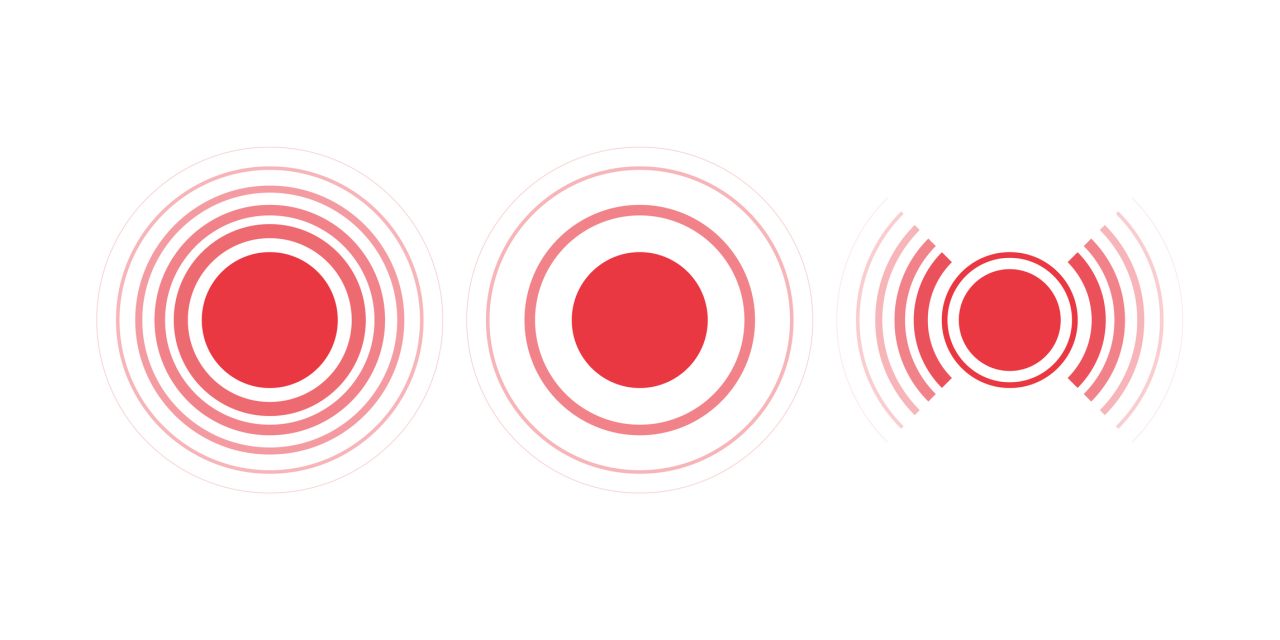A number of studies have indicated alterations of brain morphology in individuals with autism spectrum disorder (ASD); however, how ASD influences the topological organization of the brain cortex at different developmental stages is not yet well characterized. In this study, we used structural images of 492 high-functioning participants in the Autism Brain Imaging Data Exchange database acquired from 17 international imaging centers, including 75 autistic children (age 7-11 years), 91 adolescents with ASD (age 12-17 years), and 80 young adults with ASD (age 18-29 years), and 246 typically developing controls (TDCs) that were age, gender, handedness, and full-scale IQ matched. Cortical thickness (CT) and surface area (SA) were extracted and the covariance between cortical regions across participants were treated as a network to examine developmental patterns of the cortical topological organization at different stages. A center-paired resampling strategy was developed to control the center bias during the permutation test. Compared with the TDCs, network of SA (but not CT) of individuals with ASD showed reduced small-worldness in childhood, and the network hubs were reorganized in the adulthood such that hubs inclined to connect with nonhub nodes and demonstrated more dispersed spatial distribution. Furthermore, the SA network of the ASD cohort exhibited increased segregation of the inferior parietal lobule and prefrontal cortex, and insular-opercular cortex in all three age groups, resulting in the emergence of two unique modules in the autistic brain. Our findings suggested that individuals with ASD may undergo remarkable remodeling of the cortical topology from childhood to adulthood, which may be associated with the altered social and cognitive functions in ASD.© 2020 The Authors. Human Brain Mapping published by Wiley Periodicals LLC.
Developmental pattern of the cortical topology in high-functioning individuals with autism spectrum disorder.


